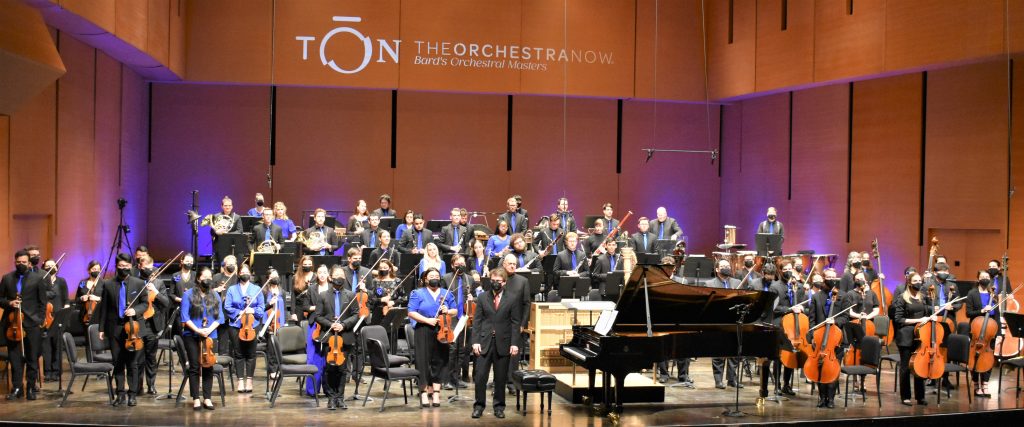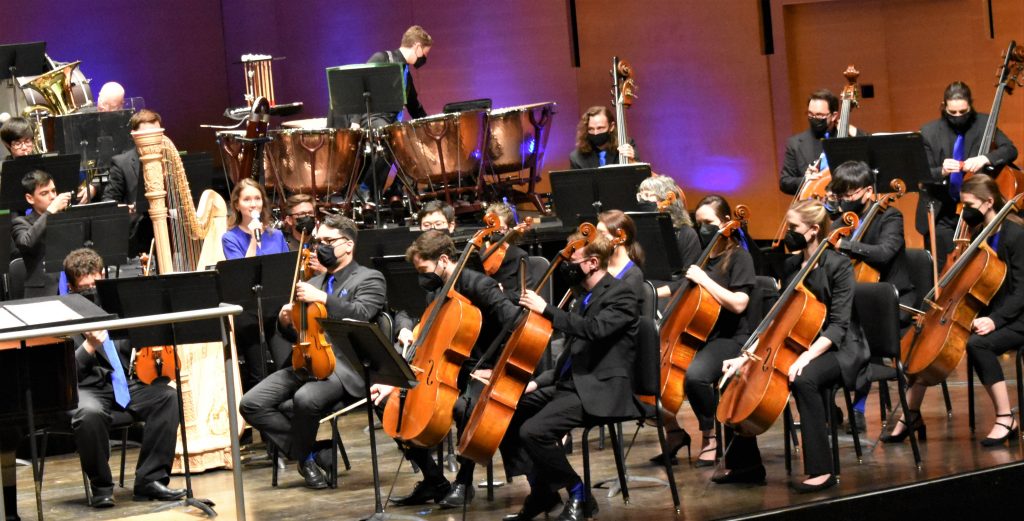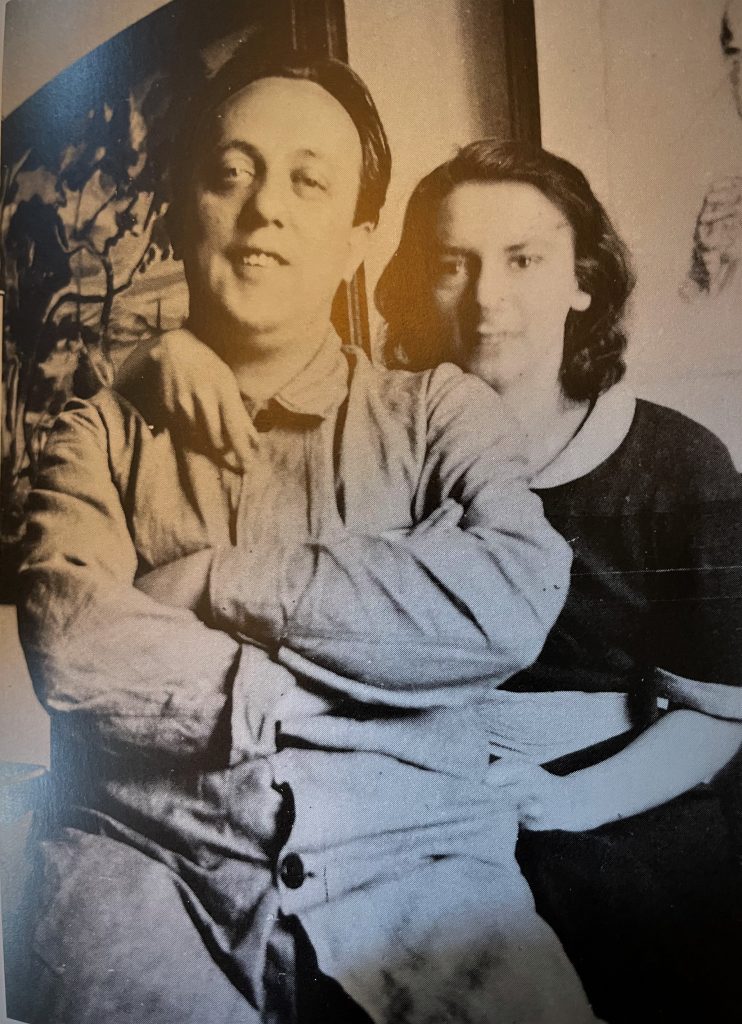
by Kevin T McEneaney
William Grant Still’s Dismal Swamp (1935) opened last Sunday’s afternoon concert by The Orchestra Now at Sosnoff Theater conducted by Leon Botstein in a program focused on unusual rarities from the 1930’s. Still is the first important African American classical composer; I am a fan of Still.
This piano concerto with Frank Corliss at the keys offers an impressionistic mood piece which made me think of Claude Monet’s large tableau paintings of water lilies. The usual situation of a piano concerto pits the strength of the piano in either a dialogue with the orchestra, or a competition with the orchestra.
Here the dialogue created a painterly portrait of melancholy Mississippi landscape with the piano modestly whispering in unusually subdued eloquent elegance at the fingertips of Corliss. The work still lingers hauntingly in my memory due to the subtly smooth playing of the orchestra and the delicacy of Corliss at the keys.
Piano Concerto by Carlos Chavez (written in the late 1930s yet premiered at Carnegie Hall in 1942) delivered polar contrast. With Gilles Vonsattel at the keys the piano opened with atonal dissonance. The orchestra replied with conventional harmonic music. The argumentatively robust piano was clearly the voice of a dissident intellectual revolutionary. Argument mellowed to dialogue as the raucous orator of the piano began to comprehend the problems of the people. Luis Herrera on percussion painted the oppression common folk lived under. Taylor Ann Fleshman on harp dramatized the beauty of handmade traditional craft artifacts. The piano began to understand the harmony of ancient tribal life. When agreement between piano and orchestra was reached, there was unified revolution. I found the music to be boldly original, yet the schematic communist allegory diminished the emotional power of a work that delivered arresting moments.

During intermission two double bass instruments were brought outside the building to the patio as if on parade. I spoke to the bassist with an ironing board foot. Tristen Jarvis turned out to be a fan of the composer John Williams. Tristen admired how Williams was able to write music for both intellectuals and the common person. His bass sported a pirate themed light-saver-saber sleeve for his bow. Tristen had a genial and light-hearted sense of humor, and we had a delightful, spontaneous conversation.
Symphonic Variations by Witold Lutoslawski, performed in 1939 when he was twenty-six, announced the immense talent of the Polish minimalist who became one the twentieth century’s great composers. I thought the process of brief musical segments resembled the work of painter Joan Miro. Segments of the orchestra spoke in brief dialogue blurbs; a symphony was reduced to nine minutes rather than an hour. With seven variations on a musical theme and an astonishing fugue conclusion these bless than ten minutes felt like five minutes. There was a delightful density to the work that demanded more than one hearing. I don’t think Lutoslawski’s many symphonies are performed much in this country, which is disappointing on that score.

Karl Amadeus Hartman’s Symphony No.1, Essay for a Requiem (1936) was a revelation. The inspiration for this work arrived from his reading of Emile Zola’s novel L’oervre (The Masterpiece) which recounts the story of a talented painter living in poverty, sleeping on park benches. The portrait of the artist is based upon Zola’s childhood classmate from Aix-en-Provence, Paul Cézanne. Emile posted a copy of the book to Paul and Paul responded with a brief thank you letter, yet they never again spoke a word to each other in their lives. The painter character Lanier is depicted as man with more ambition and dedication than talent—in short, a failure. (Cézanne is now perceived as the prophetic link to both impressionism and cubism.) At this point in his life, Zola was swimming in fame and money. While Zola described the starving painters of Paris, Hartman depicts the Berlin underworld of bohemian artists in Nazi Germany. As a Jew, Hartman could have left Germany but decided to stay, even though the Holocaust era.
The symphony depicts the raucous world of free-thinking artists and their inspirational antics; it was not premiered until 1948 on Frankfurt radio. I found the work so dense, humorous, and fascinating that I could not digest it on this first hearing: here was the sound of German expressionism with clamorous outburst, ribald laughter, and upstart defiance to all authority.
This concert program was a series of unusual gems that offered listeners new orchestral sounds, new modalities of composition, new gestalt sensibilities in sound, a concert one wanted to revisit in memory, but, alas, the chance of such a magnificent concert program being redone remains nil.